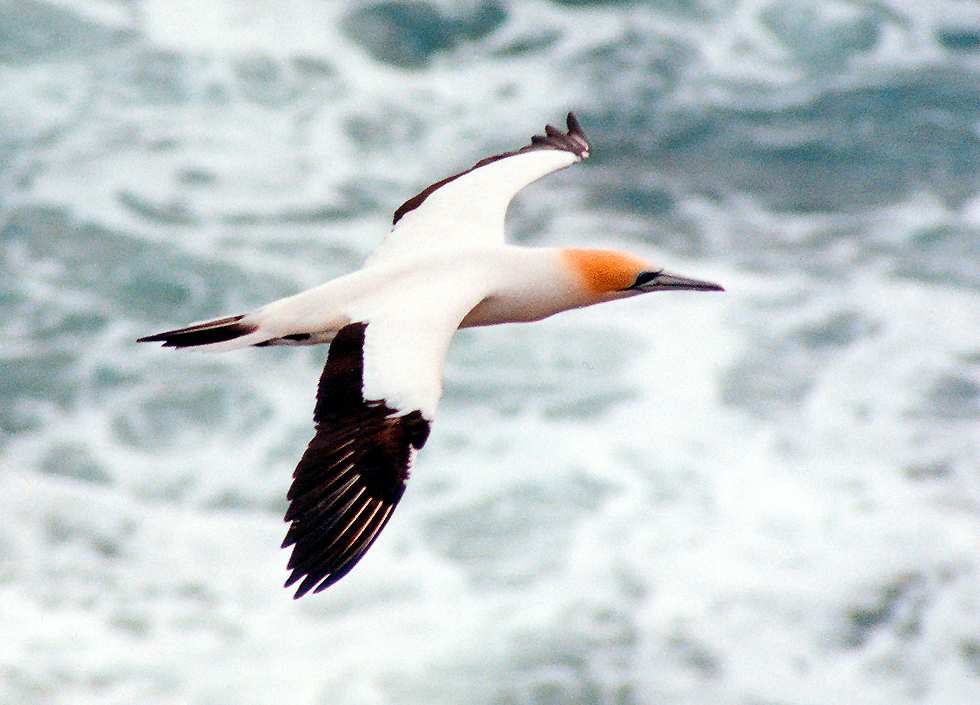Flight defines many parts of the animal kingdom, most commonly birds.
There are 3 parts to flight
- Take off
- Flapping flight
- Gliding
Take off
Taking off requires several characteristics
- Streamline shape, (have a look at the shape of bird's heads, planes, bullets etc.)
- Strong force to increase pressure (Wings or an engine)

How it takes off (in context of a bird)
- Takes a strong leap forward, with a strong downwards flap
- This increases the air pressure just under the bird between the wings
- When the bird lifts its wings into a 'V' shape, the change in pressure goes against it, lifting it upwards
Flapping flight
Basically the same as taking off, but I'll describe what happens in the wings.
Yeah, but bird's are clever geezers you see..
- The wings have interlocked feathers, so when it flaps down, the feathers are together like one flat surface moving the air.
- But when it flaps up, the feathers turn vertical, so pressure isn't created when it flaps up, this constant repetition increases the altitude of the bird.
Gliding
There is a constant air current, whether it be moving up or across, birds exploit these to glide.
They lift their wings slightly against it, giving them a slight upwards push that balances gravity so effectively they glide.
The bumblebee
The bumblebee is an odd guy, the way it flies defies aerodynamic laws, but scientists have recently discovered how the little dude does it!
The bumblebee is fat, it has tiny wings, and its massive. You're probably wondering how it does it!
The secret is the edges of the wings, the edges of a bee's wing are specially shaped so that with every down-stroke, a little vortex forms underneath giving it the extra push!
Fun fact to finish the day - A bumblebee flaps it's wings 130-240 times a second!
No match for the badass midge though, which beats it's wings 1046 times per second!



Excellent your great post.This post is important for me.This post give more important knowledge.Your post is helpful and important.Thanks a lot for share your great post.
ReplyDelete